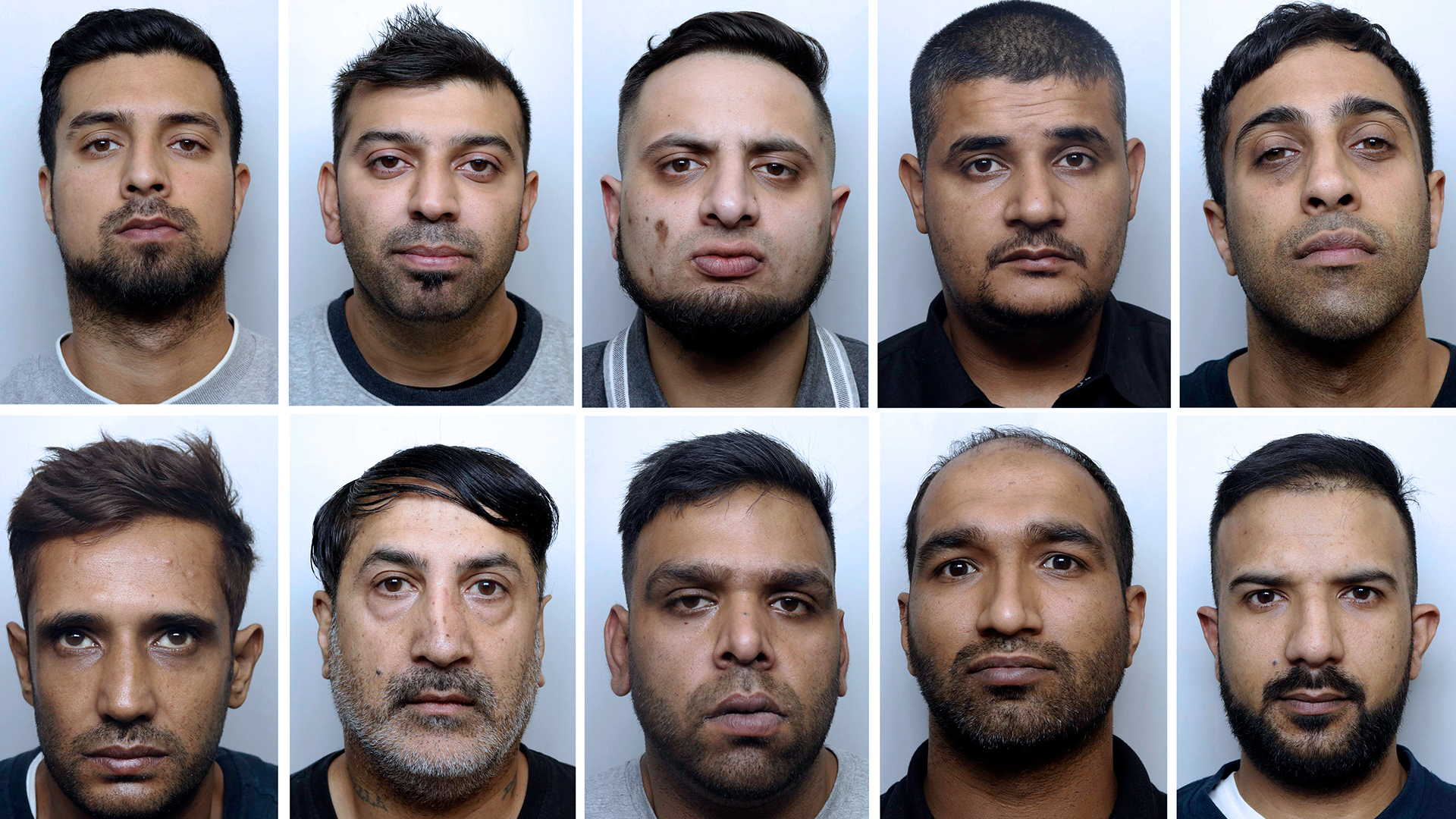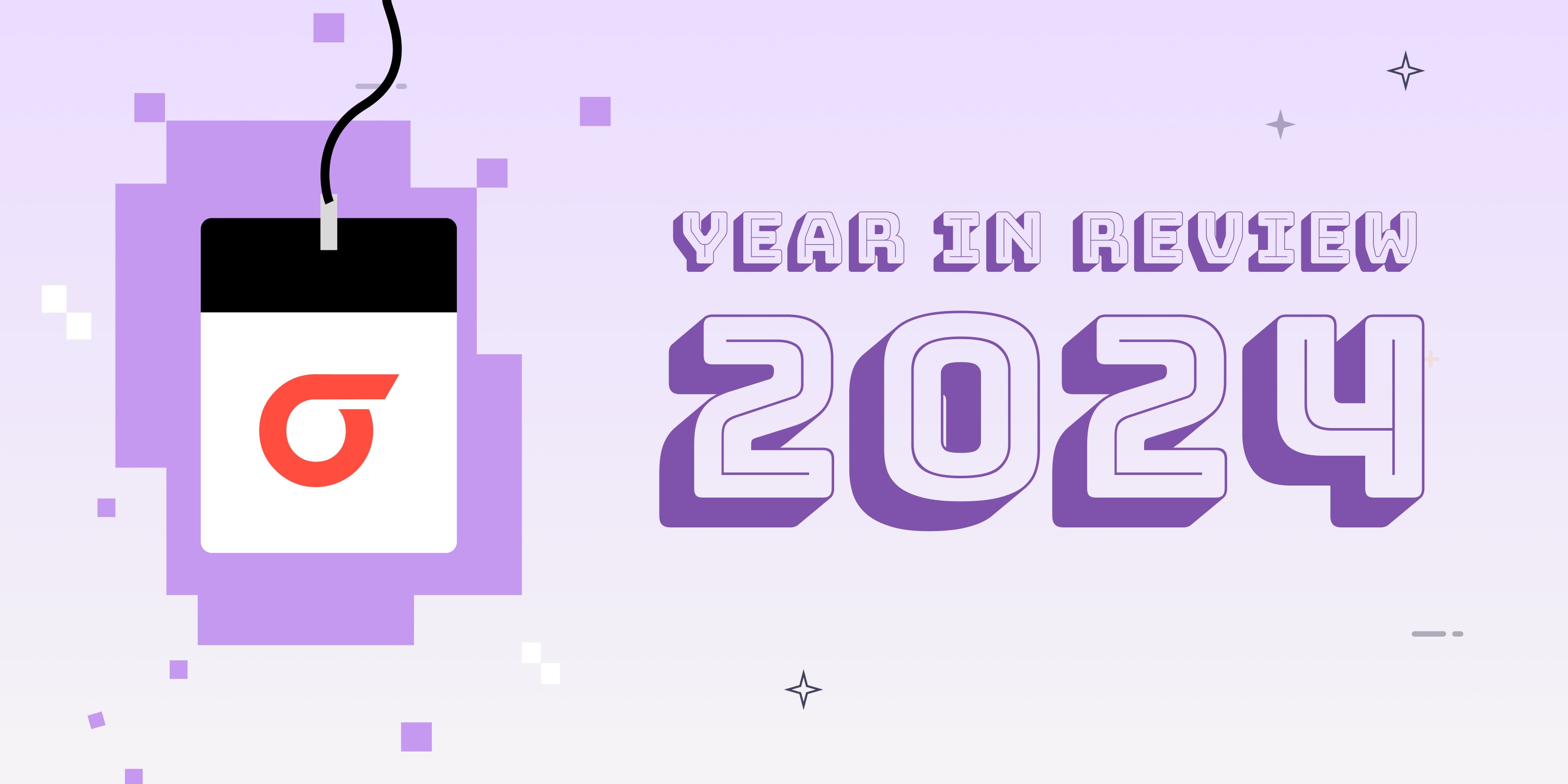Hot off the heels of the US Department of Energy’s (DoE) sort-of nuclear fusion breakthrough, the agency is offering up $33 million for researchers that can wrangle artificial intelligence, machine learning, and other data resources to the cause.
The aim is to get machine intelligence to speed the analysis and simulation of fusion energy and plasma sciences used on several DoE experiments. The agency is seeking proposals [PDF] for the application of AI/ML on existing public data, with an emphasis on approaches likely to support the development of a fusion pilot plant within the next few decades.
The funding round comes just a week after scientists at Lawrence Livermore National Laboratory (LLNL) announced they’d achieved fusion ignition. The experiment, conducted at LLNL’s National Ignition facility, generated 3.15 megajoules of energy by firing 2.05 megajoules from 192 lasers onto a fuel pellet – but there’s a massive catch.
While the experiment marked a milestone in an already decades-long quest to achieve bountiful clean energy by simulating the processes within our sun, that dream remains a long way from reality. The problem is the method of achieving fusion ignition isn’t efficient. To produce 3.15 megajoules of energy, it required pouring 322 megajoules into the lasers used in the experiment.
However, DoE scientists believe AI/ML may be the secret to changing this by extracting previously overlooked insights from large datasets generated by these experiments and refining the models used to simulate fusion systems.
The idea of using AI/ML in fusion and plasma research has been kicked around for years now. As far back as 2018, the Fusion Energy Sciences Advisory Committee recognized the potential of the tech to accelerate research. Fast-forward to this week, the DoE now plans to fund research into its application to the tune of $11 million a year for the next three years.
But before researchers get too excited, not all of it will go to a single project. Instead, the DoE expects to fund six to ten projects and has capped funding at between $1 million and $2.5 million, and notes that depending on the number of grants given, the actual sum could be much lower.
The deadline to pre-apply for the grant ends January 31, while formal applications are due no later than March 15. ®





















Discussion about this post